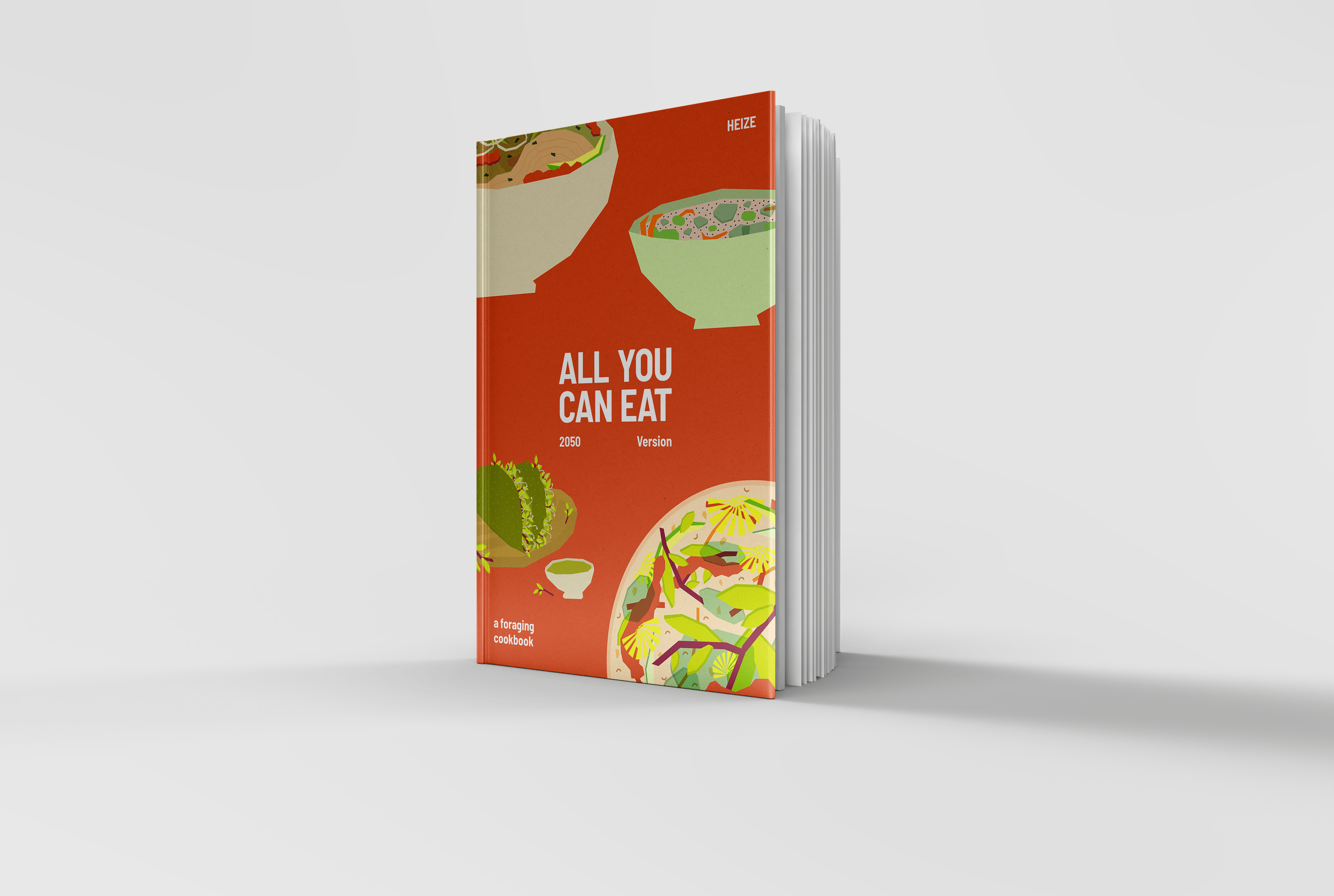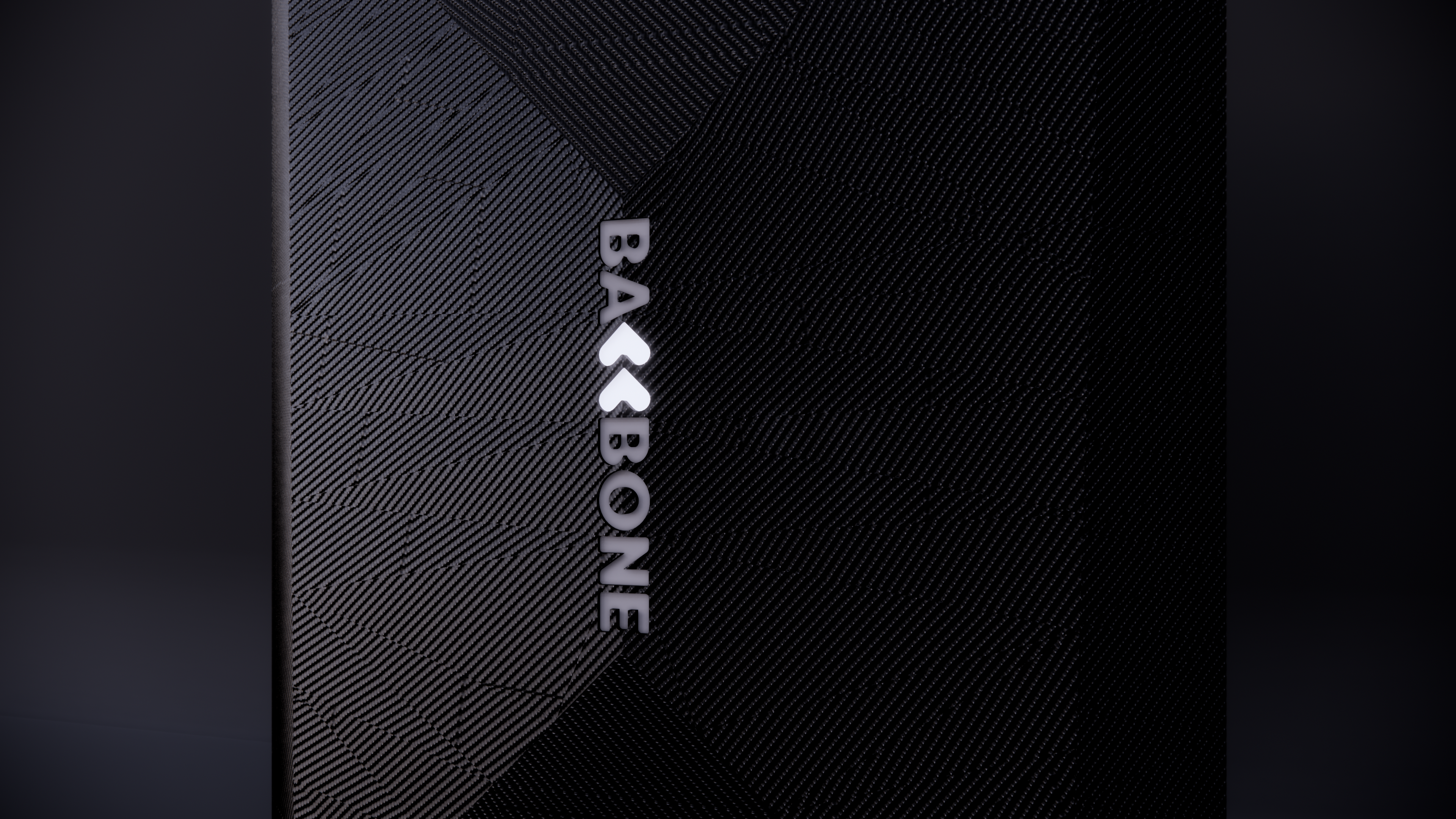
All You Can Eat
Type
Speculative Design
Book Design
Duration
3 Months
(2025)
Course
Capstone Studio 1
Mentors
Becky Lu
Andrew Stiff
Brief
Reimagining what your local neighborhood could look like in 2050, identify the changes in people's life and how they adapt. Look for design opportunities and adaptations.
Idea
Binh Chanh District suffers from severe subsidence, with peeling bricks on pavements and building edges. These cracks filled with cigarette butts, dried leaves, rainwater, etc and became home to weeds, moss, and new resilient plants. By 2045, the plants fill the cracks and stabilize the pavement, making it walkable again. By 2050, Mizuki Park blooms with mossy roads, herbs, and giant flowers. These plants grow with resilience and adapt to their environments. Besides from the peeling bricks on pavements, they grow on different spots around the neighborhood, each is specific and unique to the places it orginates from. They offer free, nutritious food sources for residents, helping ease food scarcity caused by overpopulation and rapid urban development. Residents turn to foraging and inherit the plants’ strength by eating them.
This new life is captured in a foraging cookbook, filled with simple, local recipes, plant profiles, and secret methods passed down by market sellers. It helps others easily cook delicious meals at home, mainly using these plants as vegetarian upgrades to the Vietnamese traditional dishes. They are the main ingredients, ensuring their nutrients and superpower are in the best state for residents. Other than that, it can be used as herbs, medicine, meat substitute, desserts and others. More than a cookbook, it tells the neighborhood's story in 2050, how nature always has its ways to reclaim the city.
Type-led Campaign / 2025

Tourists Go Home
Branding / 2024

Backbone

